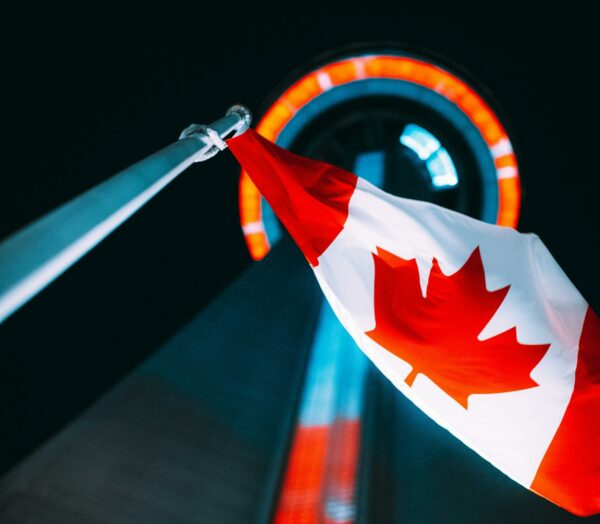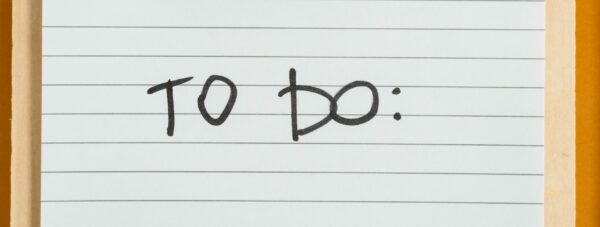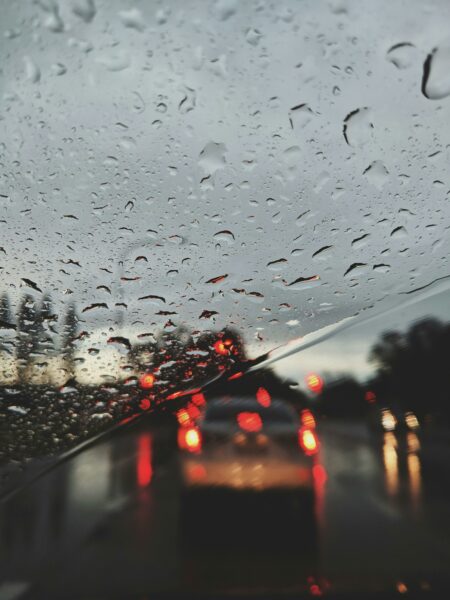Under Section 3(1) of the Ontario Occupiers Liability Act, an occupier of premises owes a duty of care to see that the people entering the premises, and their property, are reasonably safe.
Under Section 5 of this Act, though, occupiers are permitted to modify, restrict, or limit that duty. In order to do that within Ontario’s legal framework, they’re obliged to take reasonable steps to bring that modification, restriction, or limitation to the attention of the people entering the premises.
This is typically accomplished through the use of a liability waiver. But what is a liability waiver and how enforceable is it in the context of tort claims? In this article, we explore liability waivers in-depth, so you can better understand your right to compensation for an injury after having signed one.
What Is a Liability Waiver?
Liability waivers are common features of businesses and organizations that offer services, platforms, or products that include some inherent amount of risk. You’ll often find liability waivers at amusement parks, ski hills, rock climbing gyms, skydiving facilities, and even for students participating in field trips.
Participants are required to sign this waiver for two main reasons. The first is to acknowledge that they’ve been made aware of the risks associated with their participation. The second is to waive their right to pursue a lawsuit against the business or organizer for any injuries that they might incur by participating.
Sometimes a liability waiver is a form or document presented all on its own. In other cases, it’s part of a membership agreement or entrance ticket.
Are Liability Waivers Enforceable?
Not all liability waivers are enforceable. In order for a liability waiver to be valid and enforceable, the courts will look at two items. The first has to do with the language and structure of the waiver itself while the second is related to the conditions under which the waiver was signed.
In regard to the language and structure of the liability waiver, the waiver must refer specifically to the risks and the potential injuries that may be incurred by participating. If the injury or accident that occurs falls outside of the scope of what’s listed in the waiver, then the waiver is not valid and enforceable.
The individual signing the waiver must also be informed of the “nature and character” of what they are signing. There must be reasonable notice that the person is waiving their rights and the onus of communicating that with clarity falls on the business or organizer. Indeed, the business or organizer is responsible for proving that there was adequate notice and clarity if the case is brought before the court.
Concerning the conditions under which the waiver is signed, the courts will investigate whether the person’s signature was obtained fraudulently or through misrepresentation. Businesses and organizers are also expected to know whether a reasonable person would not intend to be bound by a waiver, either in whole or in part. In these cases, the waiver is neither valid nor enforceable.
The courts will also take into consideration how much time was made available for reading and understanding the document, compared to the length and depth of the document itself. They may also investigate whether the person who signed the waiver was given the opportunity to ask any questions as well as whether or not they had ever indicated that they were not prepared to sign it.
Have You Been Injured After Signing a Liability Waiver?
You may have been led to believe that a liability waiver is a legally binding contract and, after having signed it, you cannot pursue a lawsuit for injuries. While that is the intention of the business or organizer, it’s not always the case. There are certain requirements that have to be met in order for a liability waiver to be valid and enforceable, and these are not always clear to the untrained eye.
If you’ve been injured after signing a liability waiver, you may still be entitled to compensation for your injuries. Sharma Law will review the document that was signed as well as the circumstances under which it was signed to help determine if you have a case. Contact us today for your consultation.
Under Section 3(1) of the Ontario Occupiers Liability Act, an occupier of premises owes a duty of care to see that the people entering the premises, and their property, are reasonably safe.
Under Section 5 of this Act, though, occupiers are permitted to modify, restrict, or limit that duty. In order to do that within Ontario’s legal framework, they’re obliged to take reasonable steps to bring that modification, restriction, or limitation to the attention of the people entering the premises.
This is typically accomplished through the use of a liability waiver. But what is a liability waiver and how enforceable is it in the context of tort claims? In this article, we explore liability waivers in-depth, so you can better understand your right to compensation for an injury after having signed one.
What Is a Liability Waiver?
Liability waivers are common features of businesses and organizations that offer services, platforms, or products that include some inherent amount of risk. You’ll often find liability waivers at amusement parks, ski hills, rock climbing gyms, skydiving facilities, and even for students participating in field trips.
Participants are required to sign this waiver for two main reasons. The first is to acknowledge that they’ve been made aware of the risks associated with their participation. The second is to waive their right to pursue a lawsuit against the business or organizer for any injuries that they might incur by participating.
Sometimes a liability waiver is a form or document presented all on its own. In other cases, it’s part of a membership agreement or entrance ticket.
Are Liability Waivers Enforceable?
Not all liability waivers are enforceable. In order for a liability waiver to be valid and enforceable, the courts will look at two items. The first has to do with the language and structure of the waiver itself while the second is related to the conditions under which the waiver was signed.
In regard to the language and structure of the liability waiver, the waiver must refer specifically to the risks and the potential injuries that may be incurred by participating. If the injury or accident that occurs falls outside of the scope of what’s listed in the waiver, then the waiver is not valid and enforceable.
The individual signing the waiver must also be informed of the “nature and character” of what they are signing. There must be reasonable notice that the person is waiving their rights and the onus of communicating that with clarity falls on the business or organizer. Indeed, the business or organizer is responsible for proving that there was adequate notice and clarity if the case is brought before the court.
Concerning the conditions under which the waiver is signed, the courts will investigate whether the person’s signature was obtained fraudulently or through misrepresentation. Businesses and organizers are also expected to know whether a reasonable person would not intend to be bound by a waiver, either in whole or in part. In these cases, the waiver is neither valid nor enforceable.
The courts will also take into consideration how much time was made available for reading and understanding the document, compared to the length and depth of the document itself. They may also investigate whether the person who signed the waiver was given the opportunity to ask any questions as well as whether or not they had ever indicated that they were not prepared to sign it.
Have You Been Injured After Signing a Liability Waiver?
You may have been led to believe that a liability waiver is a legally binding contract and, after having signed it, you cannot pursue a lawsuit for injuries. While that is the intention of the business or organizer, it’s not always the case. There are certain requirements that have to be met in order for a liability waiver to be valid and enforceable, and these are not always clear to the untrained eye.
If you’ve been injured after signing a liability waiver, you may still be entitled to compensation for your injuries. Sharma Law will review the document that was signed as well as the circumstances under which it was signed to help determine if you have a case. Contact us today for your consultation.


